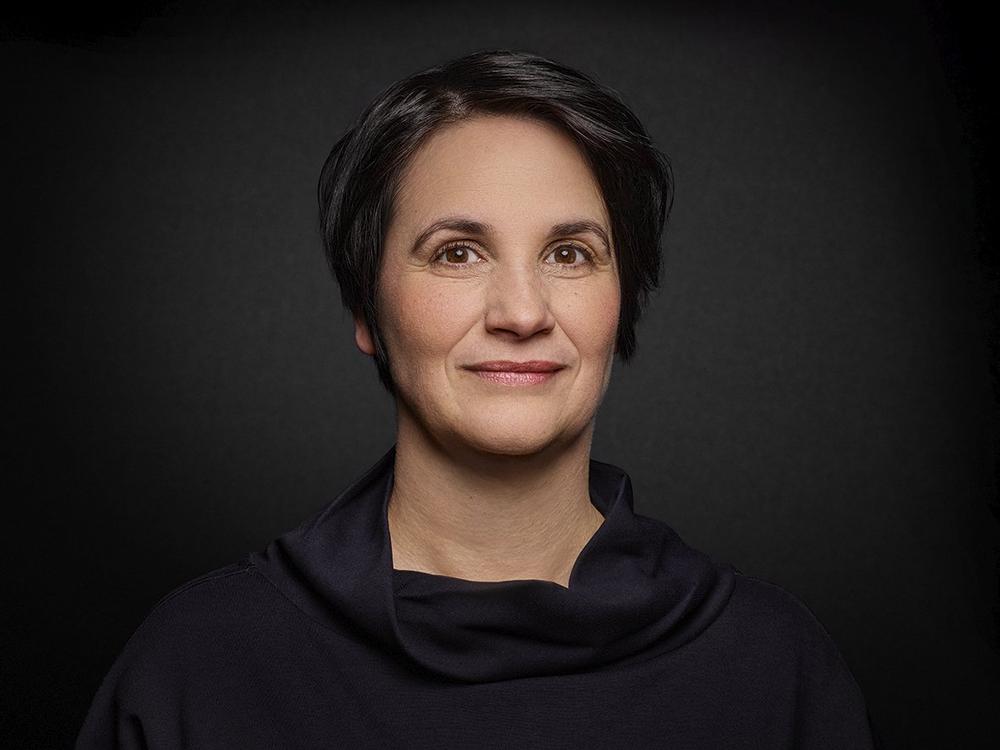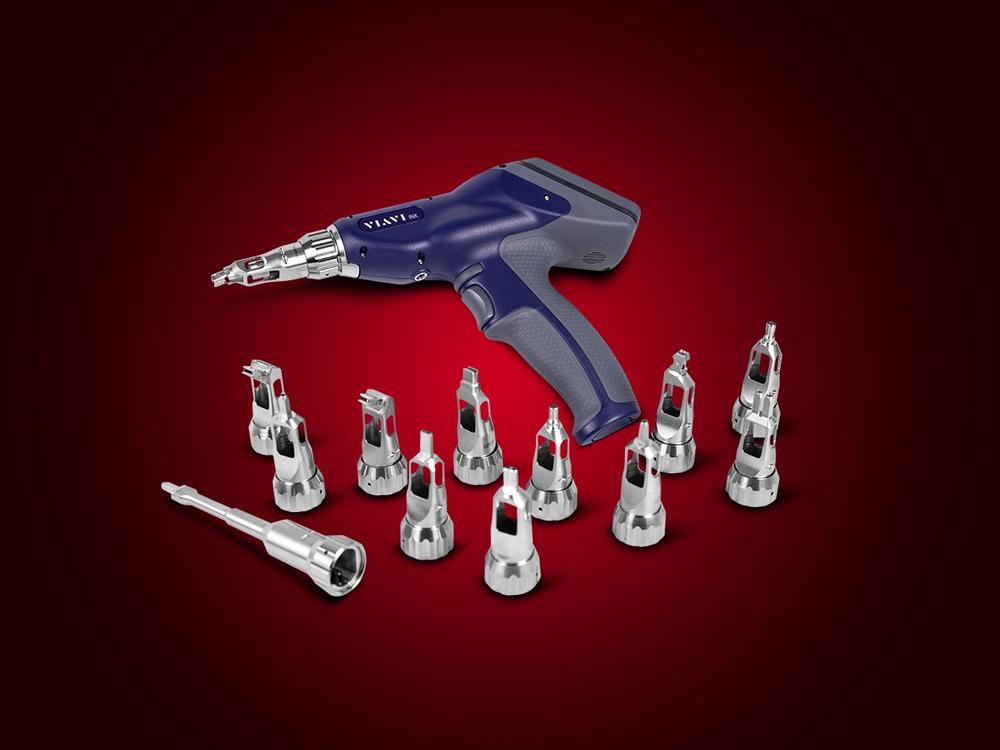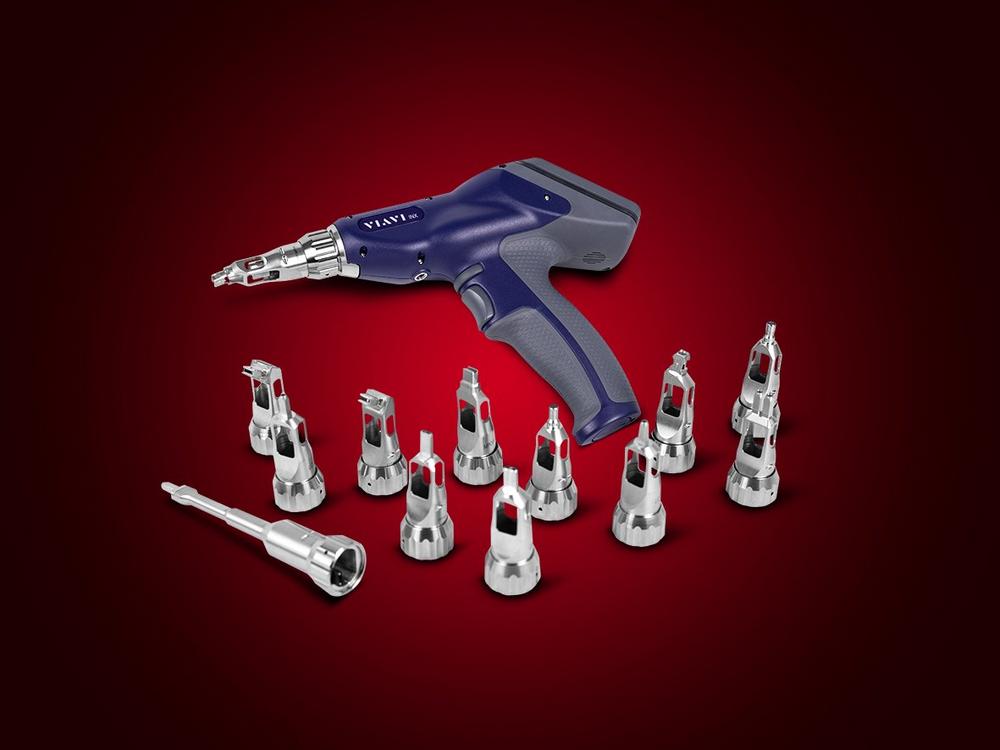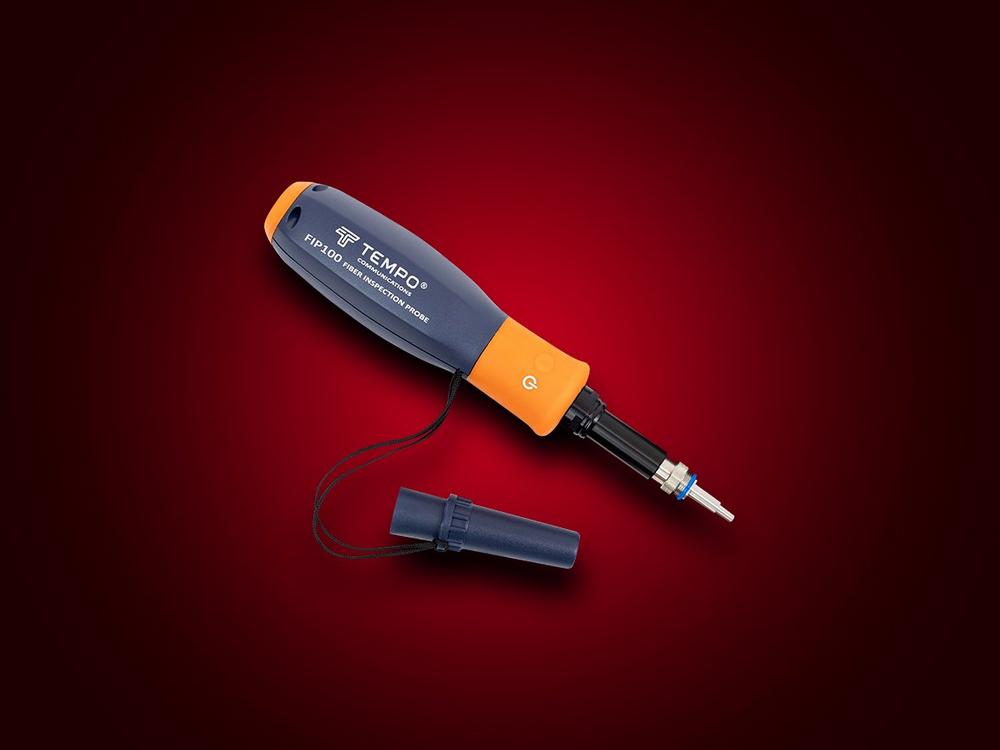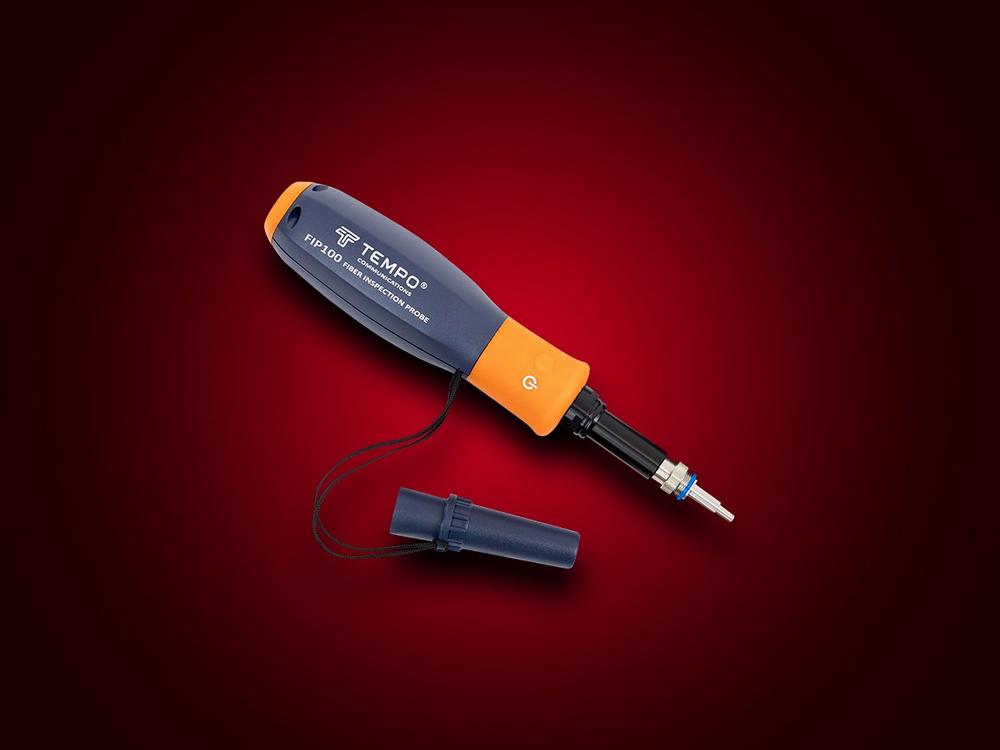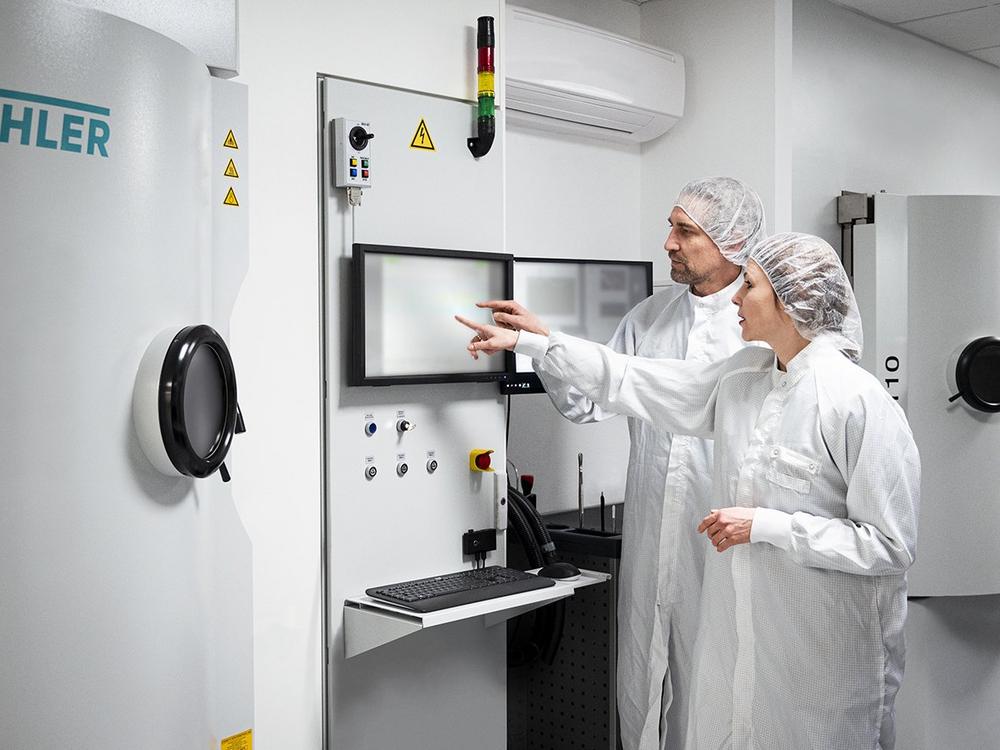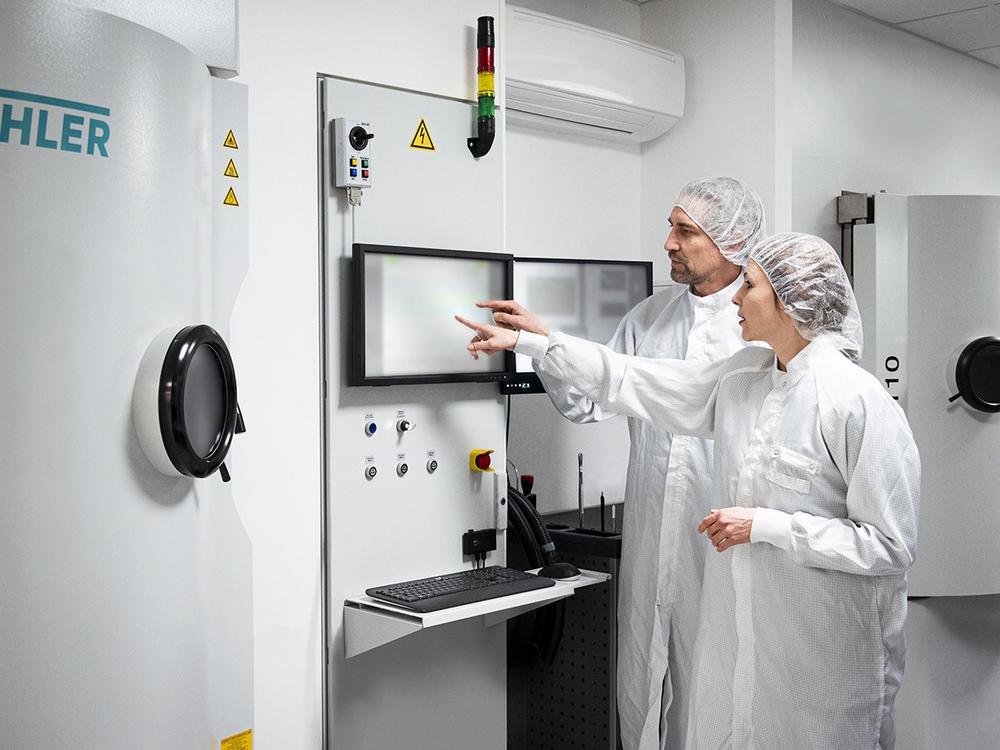Claudia Michalke (47) wechselt von LASER COMPONENTS Germany zur PHOTONA Holding und wird dort in Zukunft die Marketing-Aktivitäten der gesamten Firmengruppe auf internationaler Ebene verantworten. Ein Schwerpunkt ihrer Tätigkeit wird dabei auf der Entwicklung und Umsetzung der weltweiten Marketingstrategie liegen. Schon während ihres Studiums in Köln machte die Dipl. Fotoingenieurin und Dipl. Wirtschaftsingenieurin erste Erfahrungen […]
continue reading